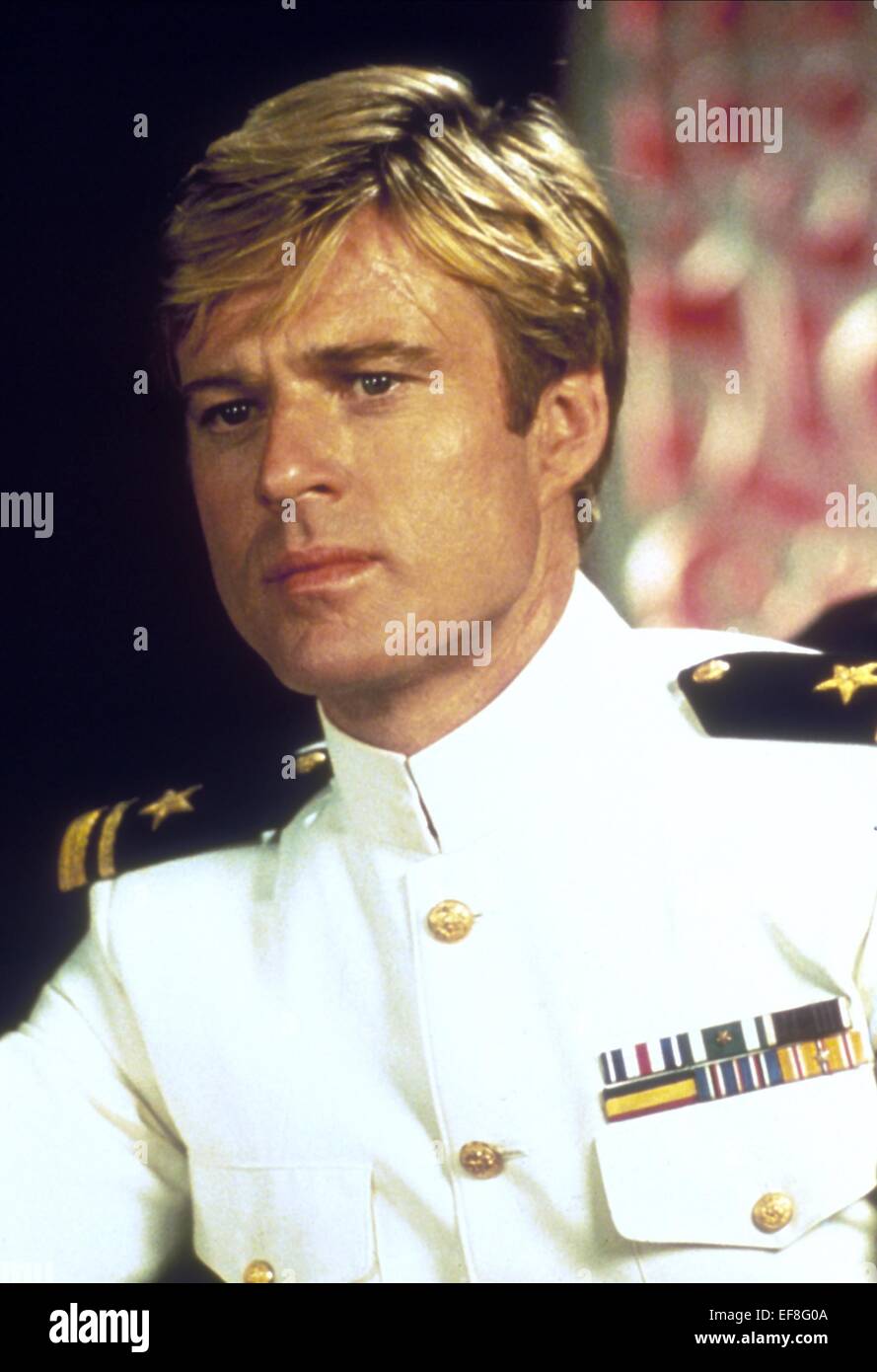Earth’s atmosphere is really thin compared to the radius of the Earth. How big a hole do I need to dig before people suffocate?
Dec 31, 2020 We hold major institutions accountable and expose wrongdoing. Search, watch, and cook every single Tasty recipe and video ever - all in one place! If You Were Born After 1999, There's No Way. Sep 29, 2014 And only months later, it changed the way we purchase and consume over-the-counter medications. Early on the morning of Sept. 29, 1982, a tragic, medical mystery began with a sore throat and a.
—Sam Burke

Sydney Pollack’s 1973 film The Way We Were is a landmark of a well-explored tradition in romantic cinema: the heartbreaker with a foregone conclusion of two people who are helplessly in love but. We would like to show you a description here but the site won’t allow us. - (4) The question of Thomas, eliciting from Christ that he was going to the Father, and that his death was their ' way' as well as his own way thither. Thomas - true to the character elsewhere attributed to him in this Gospel, of anxious, intellectual striving after truth and reality, with a certain despondency and morbid fear of issues which he could not grasp, and yet.
The idea here is straightforward: When you dig a hole in the ground, the hole fills up with air.[1]The dirt you pile up outside the hole displaces air, so at first you won't have much effect on the surrounding atmosphere, but the effect grows as the hole gets deeper and the pile gets higher. So keep at it! If you dig a big enough hole, most of the atmosphere will flow in, and there won't be enough left outside the hole to breathe.[2]You need to remove about 65% of the atmosphere before sea level air becomes too thin to support human life.[3]As this paper points out, it's odd—and likely coincidental—that the highest point on Earth happens to be just about exactly as high as the human high-altitude survival limit.
The atmosphere's exact volume is tricky to define, since it gets thinner at higher altitudes and doesn't have a firm boundary. If you compressed the whole thing to the density of normal surface air, it would be about 10 kilometers thick, and take up a volume of 4 billion cubic kilometers. 4 billion km3 of air is enough to fill a cube 1,000 miles high, which is nearly the volume of the solid core of the Earth. That gives us a rough idea of the scale of our hole.
Digging a hole that big will be a challenge. Even a hole the size of Massachusetts would have to be deeper than the diameter of the Earth to fit the whole atmosphere at surface pressure. A hole the size of the entire United States would need to be 400 kilometers deep, much deeper than we could actually dig.[4]And if you tried to dig up the entire surface of the United States to any depth, people would probably yell at you.
But wait! Air pressure changes with height. Air pressure goes down as you rise upward, which you can sometimes notice when your ears pop while driving on a hill or riding in a tall elevator. By the same token, pressure rises when you go downward. The air pressure in a deep mine is much higher than the pressure at sea level.
It might seem like the increasing pressure would help us fit more air into the hole. The pressure should compress the air, so a deep hole should be able to fit more than its 'fair share' of air. But it doesn't quite work out that way.

As you go deeper into the Earth, the rock gets hotter.[5]Citation: Amiel, J., Eckhart, A. E., Swank, H., (2003) The Core Under the ideal gas law, pressure compresses air, but heat causes it to expand. In the case of a hole in the Earth's crust, the expansion from the heat of the rocks can actually counteract the compression from the higher pressure. Calculations in this paper[6]This one is an actual paper and not a trailer for a terrible movie, I promise. show that temperature gradients of more than about 30°C per kilometer will result in no compression at all. If the temperature change is faster than that—as is common in areas with thin crust or volcanic activity—the density of air will actually drop as you go deeper, even as the pressure increases.
What if we compress the air some other way?
Diving tanks can contain air crushed by a factor of 200. A pile of diving tanks would only have to be a few hundred miles high to hold the entire atmosphere. If we want to compress air further, we can liquify it. Air is mostly oxygen and nitrogen. If we get air cold enough, it turns to a liquid with a density similar to water.
If we liquified the whole atmosphere—and for the record, I don't think we should—we could conceivably fit it all in the ground. We'd effectively need to remove a patch of the Earth's upper crust, exposing magma veins and pressurized chambers, and we'd have to somehow seal all those off and keep things cool enough that our storage tanks didn't melt.
The excavation would be a near-impossible challenge. But if you somehow solved all the countless engineering problems, you could—in principle—fit the entire liquified atmosphere of the Earth in a 5-mile-deep hole roughly the size of Texas.
Although you may not want to use that particular state.


Streisand plays Katie Morosky, and when we meet her in the late 1930s, she's the secretary of the campus Young Communist League.

Robert Redford plays Hubbell Gardiner, who fascinates Katie because he is not only incredibly handsome and the top athlete on campus, but also writes great fiction for their short story class. (We never get to hear much of his fiction, although one story begins, 'Like his country, things had come too easily to him,' and Katie has no trouble disagreeing with THAT.)
The Way We Were Cast
For all of his charms and talents, however, he's basically weak: He drifts into love affairs on the strength of drunken excuses ('Sorry I fell asleep here last night ...') and drifts out if the girl has too independent a mind. Katie does.
The Way We Were Trailer
She can't stand Hubbell's WASP friends with their jokes about Eleanor Roosevelt and their endless weekend cocktail parties. Hubbell, on the other hand, suggests that she find an additional mode of address to supplement her basic one, the impassioned political harangue.
Anyway, they have nothing in common. So of course they fall in love and get married (Katie alternating between praising Hubbell's mind and his body; Hubbell listening attentively). And Hubbell sells his book to Hollywood and follows it West to sell out.
They arrive roughly during the McCarthy period, and of course Katie is outraged in defense of the Hollywood 10 and Hubbell doesn't care. So we're all set up for the big obligatory scene where Katie stands up for principle and Hubbell chickens out at a HUAC hearing.
Instead, inexplicably, the movie suddenly and implausibly has them fall out of love--and they split up without resolving anything, particularly the plot.
It's easy to forgive the movie a lot because of Streisand. She's fantastic. She's the brightest, quickest female actress in movies today, inhabiting her characters with a fierce energy and yet able to be touchingly vulnerable.
She's fine in a scene where Hubbell turns up at her apartment drunk, makes love in less than desultory fashion and conks out. The way she looks at him (calculating the angles--but tenderly, somehow) is pure Streisand.
The Way We Were Lyrics
The Redford character perhaps in reaction to the inevitable Streisand performance, is passive and without edges. The primary purpose of the character is to provide someone into whose life Streisand can enter and then leave. That's sort of thankless, but Redford handles it well.
